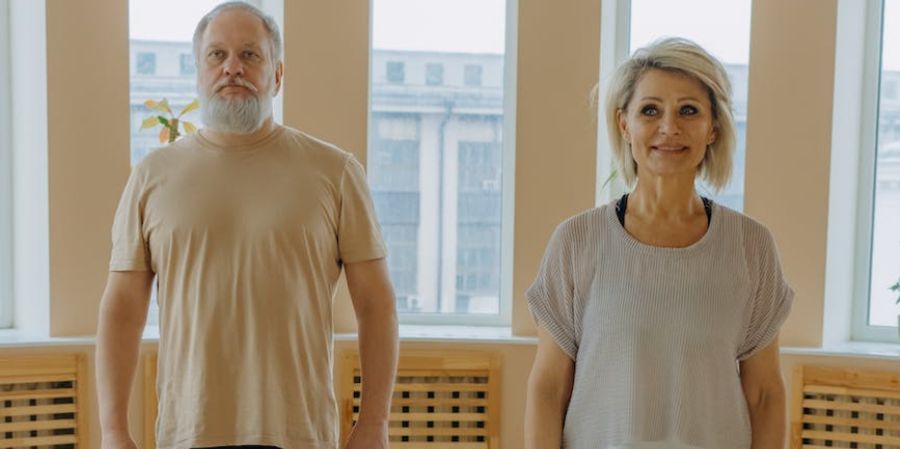

Whether you've been more active than before or haven't exercised regularly, now is a good time to start an exercise and fitness program. Getting in shape and staying in shape is important not only for young people, but also for older people.
Why is exercise important for older adults? Raising your heart rate and stressing your muscles benefits nearly every system in your body and improves your physical and mental health in a myriad of ways. . Physical activity helps maintain healthy blood pressure, prevents harmful plaque from building up in arteries, reduces inflammation, improves blood sugar levels, strengthens bones, and helps prevent depression. In addition, a regular exercise program can improve sex life, improve sleep quality, reduce the risk of certain types of cancer, and prolong life. are reluctant to exercise because they are unfamiliar with the types of exercise or fitness that are safe for them and do not know how much exercise they need. Luckily, any type of movement is better than sitting, so it's okay to start with small workouts and work your way up to longer workouts. The goal should be 150 minutes or more of moderate-intensity activity for him a week, but if you can't start at that level, strive for it (and more). While there are many exercises and fitness exercises specifically for adults, you probably want to be physically active all day long, whether it's climbing stairs, working in the yard, or playing with your grandkids.
While most exercise and fitness for seniors can be started without consulting a doctor, there are exceptions. Consult your doctor first if you have serious health conditions such as diabetes, high blood pressure, heart or lung disease, osteoporosis, or neurological disorders. People with balance problems or movement disorders such as arthritis should also consult their doctor. please.

There are myriad forms of exercise, but experts classify physical activity into four broad types based on what each requires of the body and how exercise helps.
Aerobic training is characterized by an increase in heart rate. Most aerobic exercise requires you to work your whole body, but it focuses on your heart and lungs (aerobic exercise is called "aerobic exercise" because it stresses and boosts your cardiovascular system). often). Activities such as walking, swimming, dancing, and bicycling at sufficient intensity help you breathe faster and your heart to work harder. Aerobic exercise burns fat, improves mood, reduces inflammation, and lowers blood sugar.
Strength training, also called resistance training, should be done two to three times a week. Squats, lunges, push-ups, resistance machines or exercises with weights and bands help maintain and even build muscle mass and strength. Strength training also helps prevent falls, keeps bones strong, lowers blood sugar levels, and improves balance. Perform a combination of isometric and isotonic exercises. Isometric exercises like planks and leg raises are done without moving. Great for maintaining strength and improving stability. Isotonic exercises require you to carry your weight through different ranges of motion. Biceps curls, bench presses, and sit ups are all isotonic exercises.
Stretching exercises keep muscles and tendons flexible, maintain posture, and improve mobility, especially as you age. You can stretch every day.
Balance exercises address various systems that help you maintain an upright posture, including the inner ear, vision, muscles and joints. Tai chi and yoga are excellent balance exercises that help prevent falls and maintain independence in old age.
